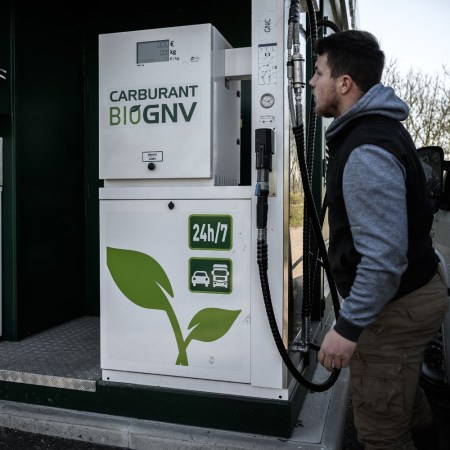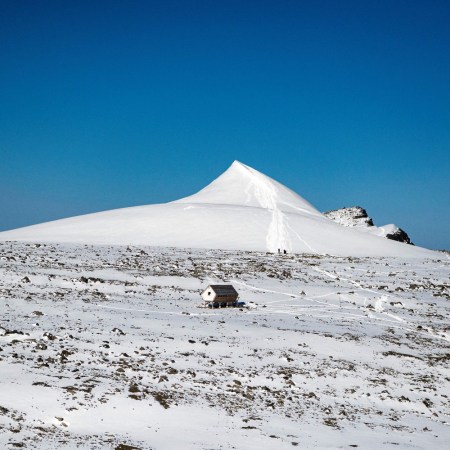The idea of direct air capture as a method of addressing climate change has an undeniable appeal. If there was a way to remove carbon dioxide from the air and either repurpose it or bury it deep underground, that process could act as a way to improve the environment. Now, that “if” looks more like a “when” — an article in Scientific American from earlier this year noted that Shopify recently signed a deal to use direct air capture as a carbon offset.
Given this technology exists, and that it opens up another front in the battle against climate change, it begs the question: why aren’t we seeing this being done more frequently?
Some of the answers to that question can be found in a new article at Bloomberg by Leslie Kaufman and Akshat Rathi. The focus of the article is the company Global Thermostat, whose CEO Graciela Chichilnisky is one of the pioneers of climate change research. Global Thermostat has ambitious ideas and impressive investors, but so far it hasn’t lived up to expectations. Kaufman and Rathi’s article offers a deep dive into why.
Some of this has to do with scheduling issues — including delays to a plant in Tulsa — while some former and current employees have criticized Chichilnisky’s approach to management. While there are other companies doing similar work, Global Thermostat is the largest such operation in the United States. “America’s only major contender in direct-air capture is sitting on intellectual property that likely has significant planet-saving potential, and the rest of the industry simply hasn’t grown enough yet to make up for it,” write Kaufman and Rathi — and given the progression of climate change, that’s an alarming statement.
According to this 2018 article, direct air capture on its own isn’t necessarily enough to halt climate change, but it could play a significant role in that fight. But if a key player in that isn’t meeting expectations, it’s worrying for a host of reasons.
Thanks for reading InsideHook. Sign up for our daily newsletter and be in the know.


















